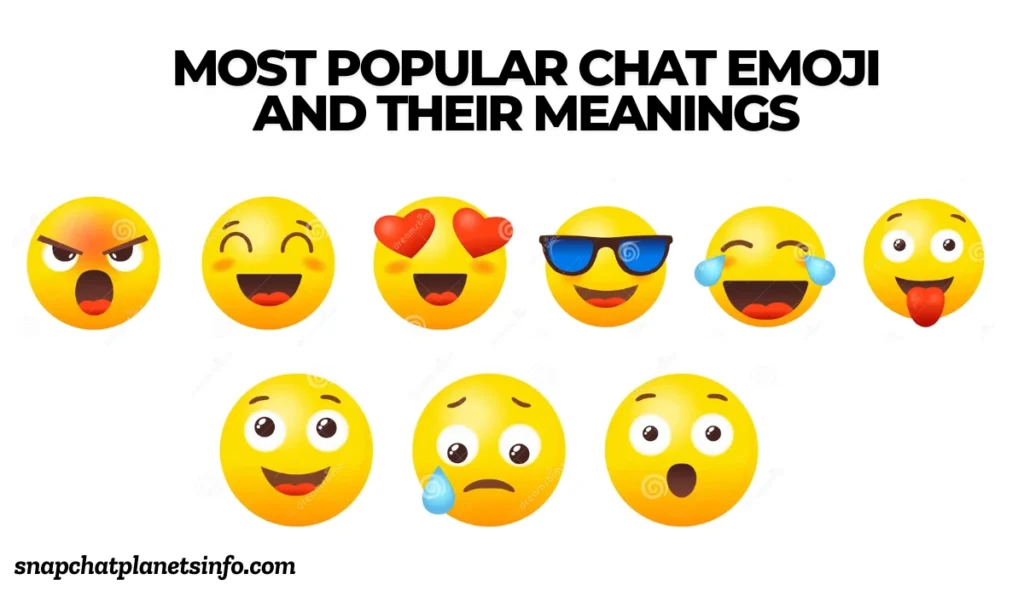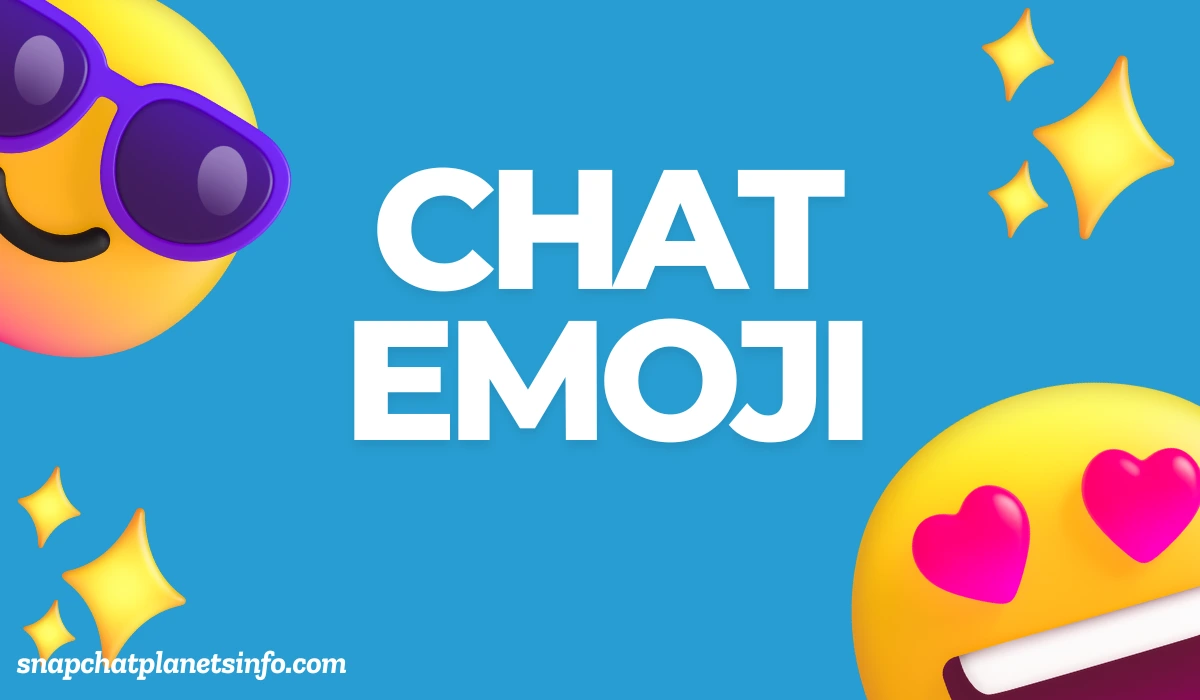In today’s digital world, communication has transformed drastically. Chat Emoji have become a key part of how we express ourselves online. Whether it’s a simple smiley face or a thumbs-up, emojis help convey emotions and tone that words alone can’t capture. This article will dive deep into the world of chat emoji, explaining their history, importance, and how they enhance our digital conversations.
What Are Chat Emoji?
Chat emoji are small digital icons used to express emotions, ideas, or messages in online chats. These icons range from simple smiley faces to symbols like hearts, animals, food, and even weather icons. Originally, they started as simple combinations of punctuation marks, like “:-)” for a smile, but have evolved into colorful, detailed images we use today.
The History of Chat Emoji
The story of emoji dates back to the late 1990s in Japan. Shigetaka Kurita, a Japanese designer, created the first set of 176 emoji for a mobile internet platform by NTT DoCoMo. These simple icons quickly gained popularity because they allowed people to express emotions without using many words. By the 2010s, platforms like Apple and Android adopted emojis, making them a global phenomenon.
Why Chat Emoji Are Important in Digital Communication
Emoji play a big role in how we communicate online. Without face-to-face interaction, it’s easy to misinterpret messages. Emojis help fill this gap by adding emotional context. For example, a simple “Okay” can seem cold or indifferent, but adding a thumbs-up emoji 👍 makes it friendly and positive.
Emojis also help save time. Instead of typing out “I’m so happy for you,” a user can simply send a smiling face with hearts 😍. This not only makes chatting faster but also more fun and expressive.
How Emoji Enhance Conversations
Using chat emoji adds personality and tone to messages. They can show sarcasm, excitement, sadness, or even humor. For instance, if you’re joking with a friend, adding a winking face 😉 signals that you’re not being serious. Without that emoji, the joke might not come across clearly.
Emojis also bridge language barriers. People from different countries can understand each other through simple icons. A heart ❤️ means love everywhere, and a thumbs-up 👍 is universally seen as approval.
The Psychology Behind Chat Emoji
Research shows that chat can impact how people perceive messages. When someone uses emojis, they are often seen as friendlier and more approachable. Emojis trigger the same parts of the brain that respond to human faces, making the communication feel more personal.
In professional settings, emojis can lighten the tone of a conversation. However, it’s important to use them wisely. A smiley face might be perfect in a casual chat but could seem unprofessional in formal business emails.
Read more: Mars ai chat
Most Popular Chat Emoji and Their Meanings

Here is a table of the most popular chat emoji and what they typically mean:
| Emoji | Meaning |
|---|---|
| 😊 | Happiness or friendliness |
| 😂 | Laughing out loud |
| 😮️ | Shock or surprise |
| 👍 | Approval or agreement |
| 😉 | Playfulness or joking |
| 😢 | Sadness or disappointment |
| 😡 | Anger or frustration |
| 👌 | “Okay” or “Perfect” |
| 😍 | Love or adoration |
| 😏 | Smugness or confidence |
How to Use Chat Emoji Effectively
Using chat emoji effectively depends on the context of your conversation. In casual chats with friends or family, feel free to use emojis to express emotions and keep the conversation lighthearted. For example, sending a laughing face 😂 after a funny comment can show your amusement.
In professional settings, it’s best to use emojis sparingly. While a thumbs-up 👍 can acknowledge a task, overusing emojis might come off as unprofessional. Always consider your audience before adding emojis to your messages.
Evolution of Chat Emoji Across Platforms
Different platforms have their own versions of emoji. Apple, Android, and Microsoft each have unique designs, which sometimes leads to misunderstandings. For example, a smiling face on one platform might look slightly different on another, affecting how the message is received.
Social media platforms like WhatsApp, Facebook, and Instagram also use emojis to enhance user engagement. Users can react to posts and messages with a single emoji, making interactions quicker and more expressive.
Chat Emoji and Cultural Differences
While many emoji have universal meanings, some can vary across cultures. For example, the folded hands emoji 🙏 is often used to mean “thank you” or “prayer” in Western cultures, but in Japan, it can mean “please” or “sorry.” Understanding these differences can prevent miscommunication in cross-cultural conversations.
Future Trends in Chat Emoji
The future of emoji looks bright. Developers are constantly adding new emojis to represent diverse cultures, professions, and emotions. Emojis representing different skin tones, gender identities, and disabilities have made communication more inclusive.
With advancements in technology, we might soon see animated emojis or even 3D emojis becoming standard in digital communication. This evolution will make online interactions even more dynamic and engaging.
Common Misunderstandings with Emoji
Sometimes, chat emoji can lead to confusion. What’s meant to be a friendly gesture might be interpreted differently by the receiver. For example, the smirking face emoji 😏 can be seen as confident by some but arrogant by others.
It’s important to know your audience and use emojis thoughtfully. If there’s any chance of misunderstanding, it’s better to clarify with words.
Read more: Chat latino usa
Differences in Emoji Appearance Across Platforms
| Emoji | Apple Version | Android Version | Microsoft Version |
| 😊 | Round, yellow with soft blush | Similar but brighter | Square-shaped, flat |
| 😂 | Big, teary-eyed laugh | Slightly smaller tears | Less expressive eyes |
| 👍 | Realistic thumbs-up | Cartoonish style | More angular thumb |
Frequently Asked Questions (FAQs)
What are chat emoji used for?
Chat emoji are used to express emotions, tone, and ideas in online conversations.
Can emoji be used in professional settings?
Yes, but sparingly. Use simple emojis like 👍 to keep things light without being unprofessional.
Do emoji mean the same thing on all platforms?
Not always. The appearance emoji can differ across platforms, affecting how they are perceived.
How have emoji evolved over time?
Emoji started as simple symbols and have evolved into colorful, detailed icons representing diverse ideas.
Conclusion
Chat emoji have become an essential part of digital communication. They help convey emotions, add personality to messages, and bridge language barriers. As technology advances, emojis will continue to evolve, becoming even more inclusive and dynamic.
Whether you’re chatting with friends or colleagues, using chat emoji thoughtfully can enhance your conversations and make your messages more engaging.
